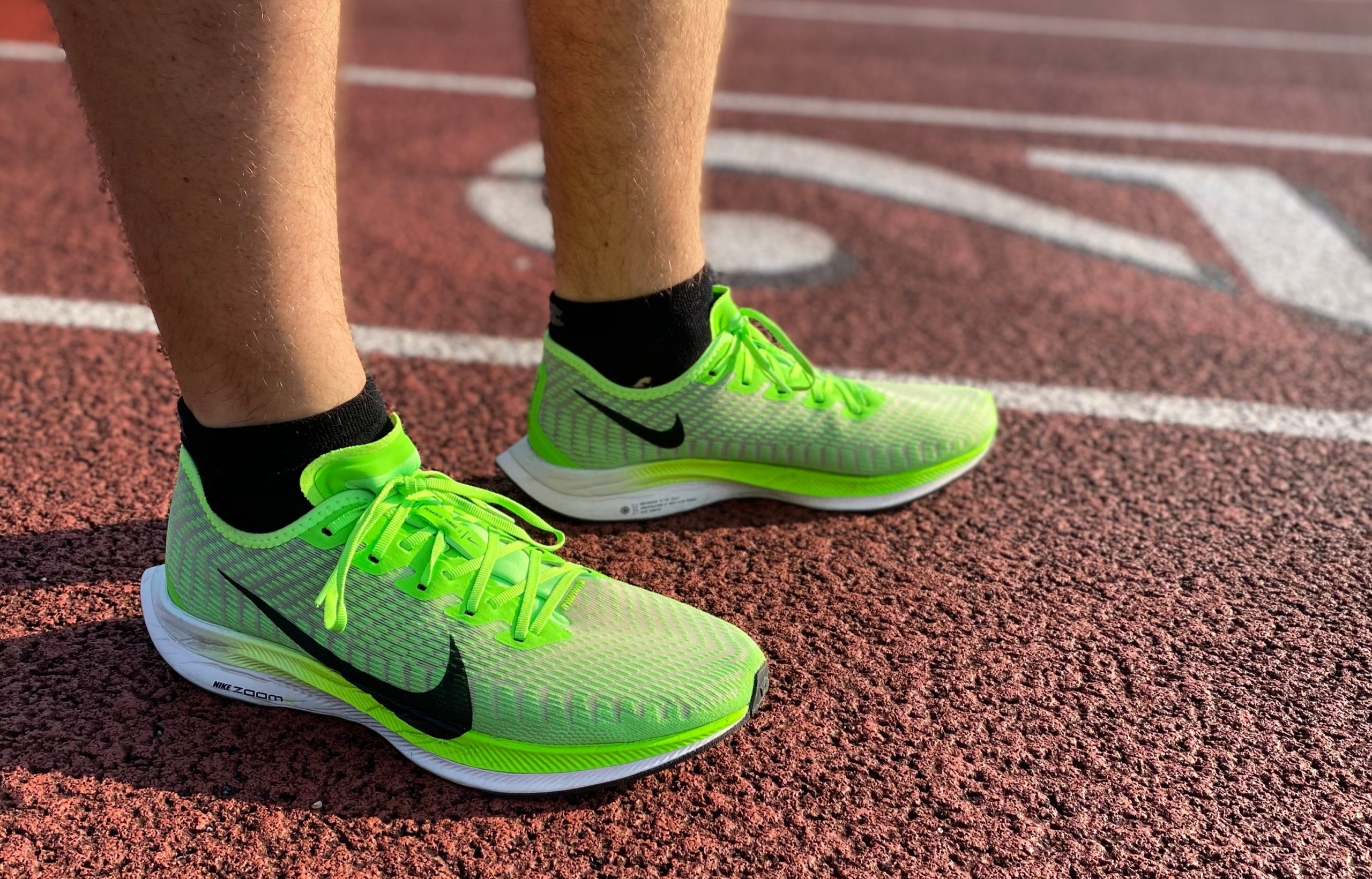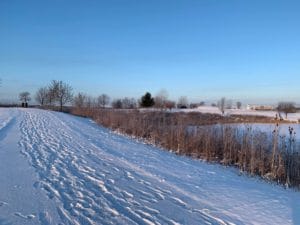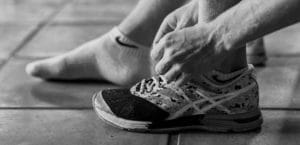With thousands of options currently on the market, picking the right pair of running shoes may feel daunting. It took me a few tries early in my career to find the right pair of shoes. Here are some tips for finding the pair of shoes that will help you become the Optimal Runner:
Decide Your Running Purpose for Running
Before setting out to purchase a new pair of shoes, you need to know how you will be using them. Questions to think about:
Are you running on a hard surface (road, track, etc.) or off-road (trail, grass, etc.)?
I will discuss shoe types later on, but it is important to know that shoes are made for different surfaces. For example, wearing track spikes on a concrete road is going to ruin your shoes and probably lead to injury. Make sure you line up your ambitions with your purchases. Aside from spikes, most shoes can be worn on a road, but some will perform better than others. Trail shoes should be worn if most of your runs will be off-road.
Are you running short or long distances?
This is important because when running long distances, you will want shoes with cushioning to support your feet. If you are only running a short distance each run, this does not become as important.
Are you running competitively or more casually?
For a casual runner, you don’t need the expensive, high tech shoes for your runs. The benefits from these shoes are more for the competitive runner looking to find any advantage possible.
Understand and Choose the Right Type of Running Shoe
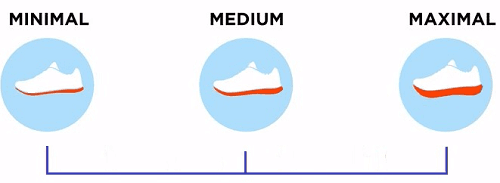
There are many types of shoes on the market, so it is important to choose the right pair of shoes for your specific training. You may even consider multiple pairs of shoes to meet the demands of varying workouts. Shoe types fall into 5 general categories:
Neutral Shoes
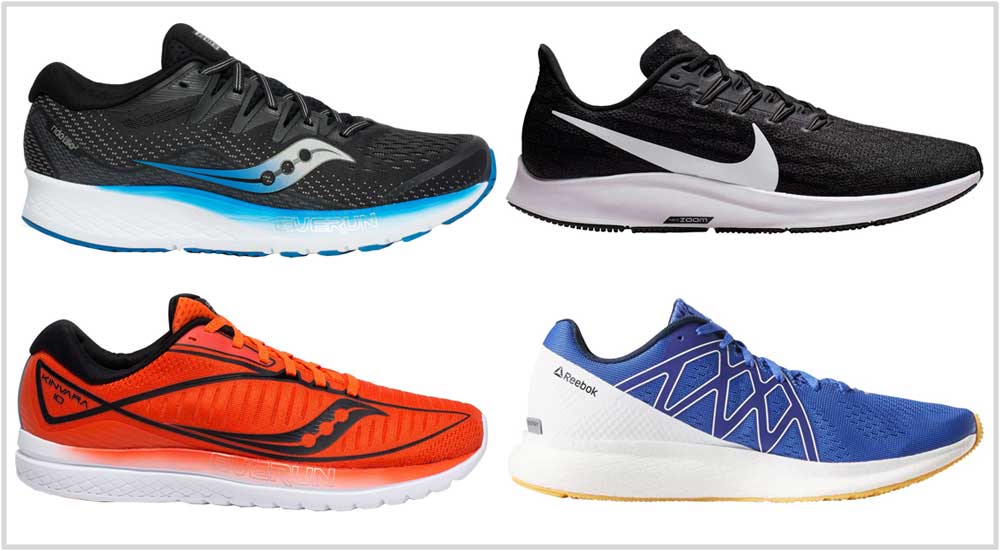
These are your average running shoes. Designed for runners with a normal arch, these shoes have a decent amount of cushioning in the mid-sole and good support. These shoes deliver good performance for daily runs and are versatile enough to be used for most workouts. Unless you have flat arches, I recommend starting with stability shoes for your base trainer.
Stability/Motion Control Shoes
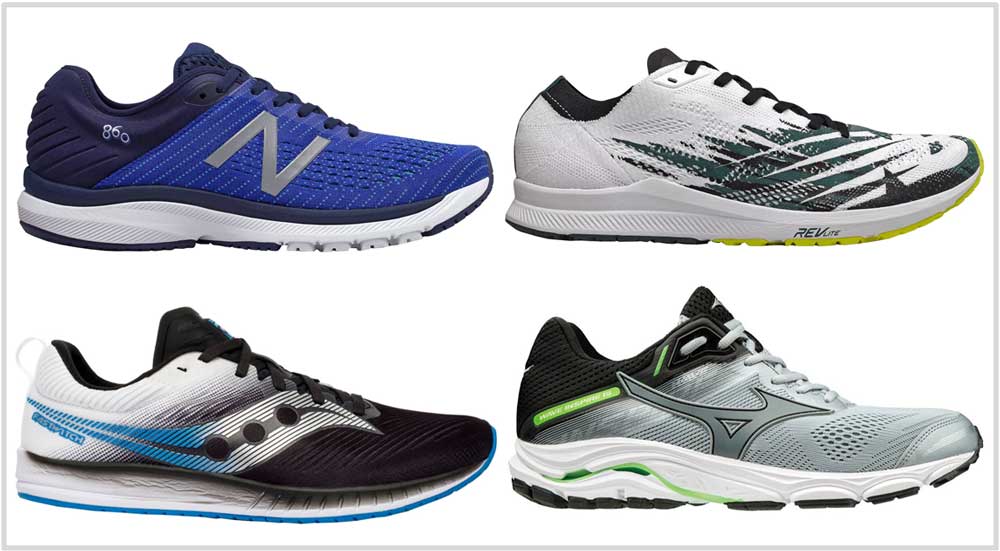
These are shoes designed for those who have low arches and a high amount of over-pronation (see further down for more info on overpronation). I have flat feet and low arches and suffered through a season of injuries due to not having the proper shoes. Once I figured out the problem, I switched to the Nike Men’s Air Zoom Structure line of shoes. These stability shoes are more supportive than the average shoe, which gave helped correct my overpronation. These shoes are typically a little heavier and more rigid but provide the support your arch needs. Since making my switch, I have been able to significantly improve my training.
Cushioned Shoes
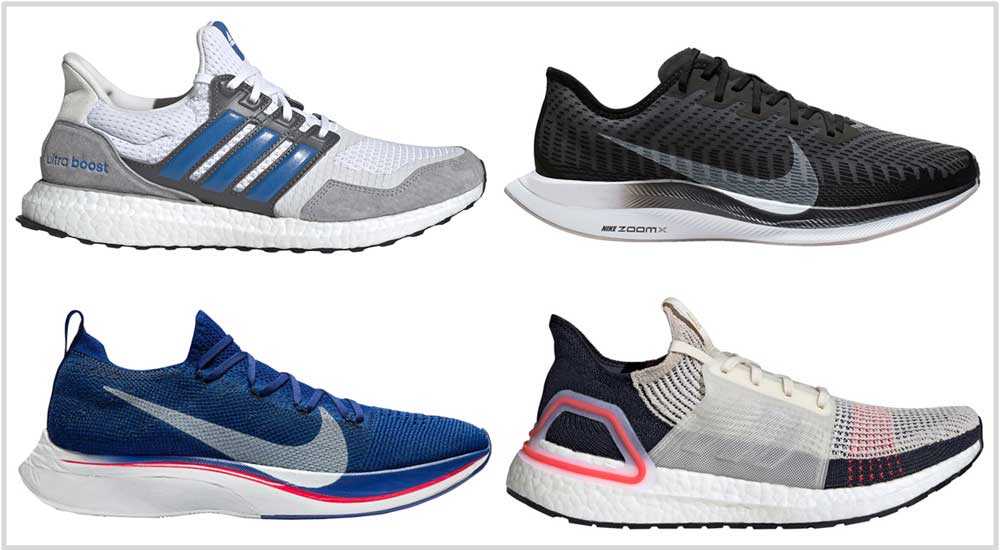
These shoes will feature thick cushioning in the midsoles so that you have a nice plush feel when landing each stride. Sometimes referred to as “maximalist” shoes, these shoes can be beneficial for long distance and ultramarathons (any race longer that a marathon). They have a high stack height, as they are typically above 30mm. Companies, like Nike, have recently started to push the limits of cushioned shoes. They have introduced new foam technology that provides the cushion feel without sacrificing the weight. These will cost you a pretty penny, but studies have shown that the technology does work.
Lightweight/Minimalist Shoes
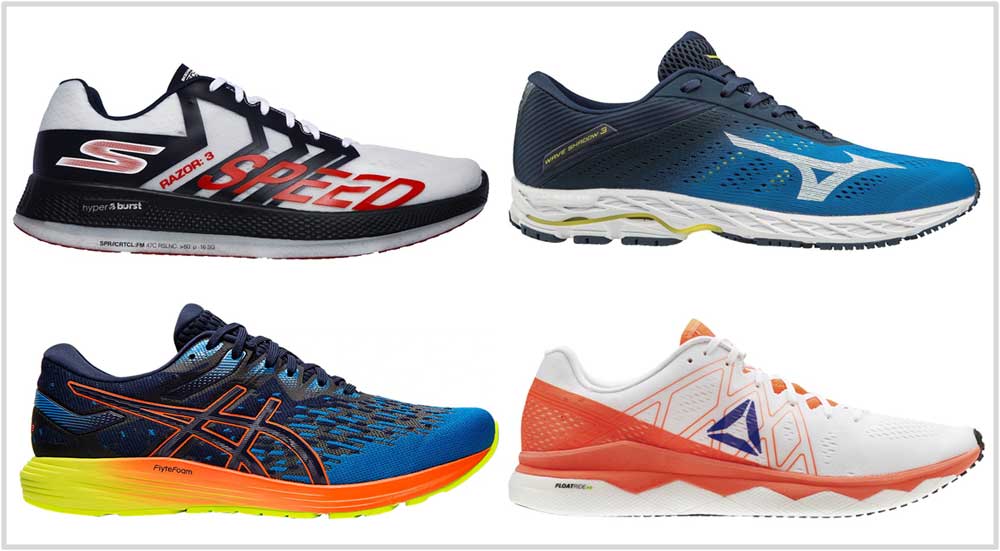
Lightweight shoes best perform in races or speedwork. They have smaller amounts of cushioning and foam to allow for more dynamic motion in the foot. Weighing in at only 5 – 7.5oz, they feel very lightweight and flexible. Be careful with lightweight shoes, as many are not designed for long distances.
Trail Shoes
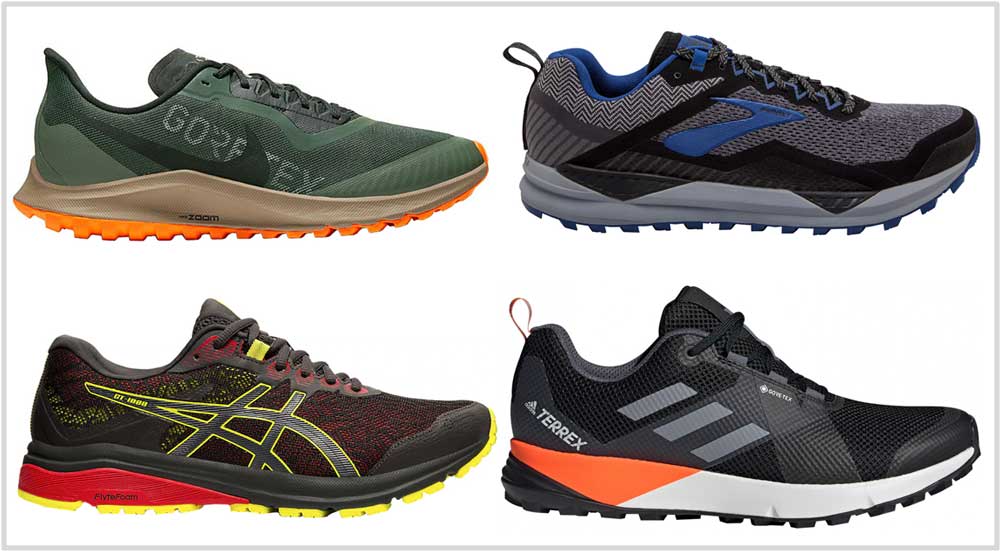
If you plan to spend most of your training running off-road, then you should be focusing on trail-specific shoes. Trail shoes are built to provide more optimal performance as you traverse dirt, rocks, roots, and an overall more uneven terrain. They are typically a combination of your average running shoe and a hiking boot. They feature more traction control to help your balance when encountering the slippery, uneven parts of the trail.
Navigate the Running Shoe Technical Terms
When it comes to buying running shoes, there are a few technical terms that you should understand to make sure you are getting the right shoes.
Stack Height
Stack height refers to the amount of material in the shoe that is between your foot and the ground. This will determine your perception of the shoe’s cushioning. Most running shoes will fall into the moderate category (20-30mm), and I recommend these for most runners.

Shoe Drop
Also referred to as “Heel-Toe Drop” or “Offset”. A shoe’s drop is the difference in the height of the shoe material under the heel and the shoe material under the forefoot. Shoe drop is also measured in millimeters, and is typically in the 4-8mm range. An average runner should look for shoes with a shoe drop of 3-6mm. Runners with a heel strike or who have issues with their Achilles tendon should opt for shoes with a shoe drop above 6mm. Most runners typically strike the ground first when landing, so having some additional padding in the heel can be helpful for injury prevention.
Pronation
You have probably heard this term thrown around before, but it is a little confusing to understand at first. Pronation is simply the way the foot rolls inward when you move your feet via walking/running. This is important because it is how the body absorbs the shock of your body weight hitting the ground. While it is a normal part of the body’s process, some people will naturally pronate more or less than average. A normal pronation results in the foot “rolling” about 15% inward.

Overpronation
If your foot rolls inward more than that, you would be “overpronating”. This is typically the result of the foot and ankle not optimally absorbing the impact shock. You will find that your inside parts of your shoes will wear out quicker due to rolling more inward as you land. Over-pronators should ideally be training in stability shoes and may have to add orthotics to help address the issue. I struggled with overpronation as it caused Achilles Tendonitis in my first marathon training season. I have found that the combination of stability shoes and orthotics helped realign my foot back into normal rhythm.
Supination
Supination, also called underpronating, is when the foot rolls inward less than 15%. It also needs to be addressed because the outside part of the foot absorbs too much of the shock as the foot doesn’t roll inward enough. You will find that your shoes will wear out quicker on the outside edges if you underpronate. Make sure you are selecting shoes that are appropriately cushioned and fit well. You may need some orthotics to help if the problem is severe.
Final Running Shoe Tips & Tricks
Know When to Replace Your Shoes
Typically a quality pair of running shoes will last around 400-600 miles before they need to be replaced. Replacing your shoes at that time is very important because running on worn shoes can quickly lead to injuries. There are many websites (Strava, Garmin Connect, etc.) that will easily track your shoe mileage and alert you when you should replace them.
Have a Fitting Done
If you have never had your feet measured, I recommend heading to your local running store where you can have a professional fitting done. Most running stores will not only measure your foot size, but will also give you a read on your entire foot. Some stores use technology to measure everything about your foot, while others may have you walk around the store while they observe. This can be incredibly helpful in learning more about your feet and what you need to give them the most support.
Get Your Correct Size
Just as important as picking the right shoe, is also making sure to get the correct size. I agree with many others in suggesting going up a half size from your measured shoe size. This is recommended because as you run in your shoes, you feet tend to swell a bit as they warm up. You don’t want an initial fit too tight as this will lead to blisters and toenail damage.
Utilize the Heel Lock Knot
Here’s a tip that I picked up from a local running store to deal with shoes that didn’t feel super secure in the heel area. By utilizing those extra loops at the top of the shoe that you probably never noticed, you can create a tight knot that helps prevent shoe slippage in the heel area. Check out my instructions in my separate post here!
Hopefully these tips and tricks are helpful for getting you running in the optimal pair of shoes!

